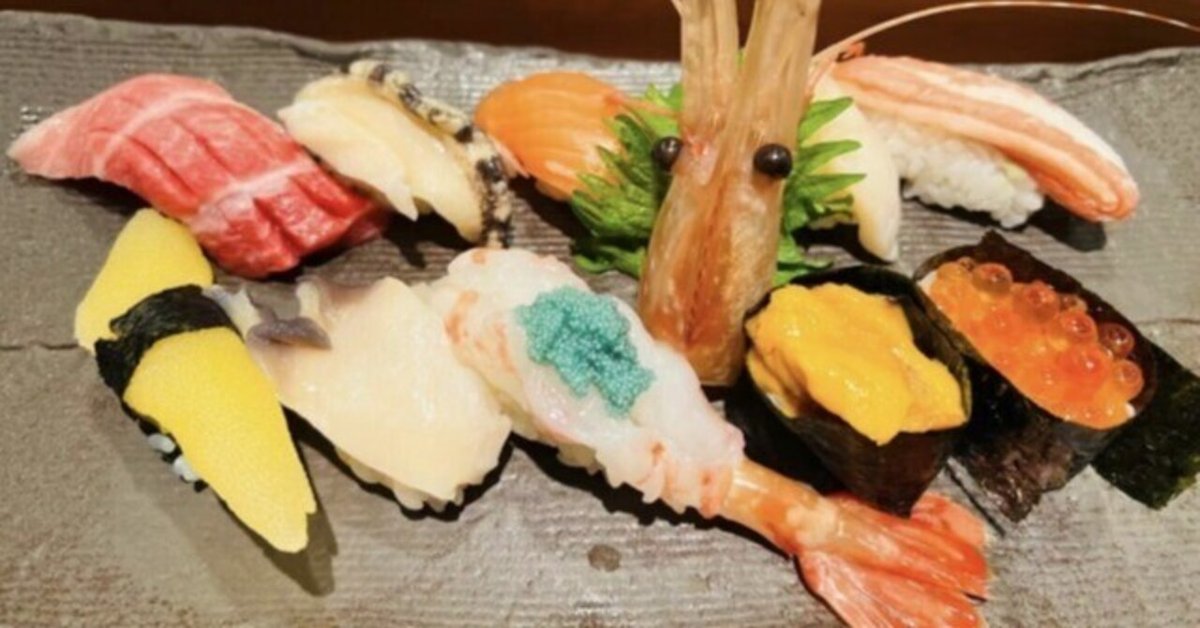
「おまかせ」はお店にもお客さんにも地球にも優しい 'Omakase' menu is friendly to the restaurant, the customers, and the Earth.
Lean Japanese Online ! PONTISというサービスを始めました。
https://pontis.jp
== English translation (Japanese original follows) ==
Some sushi restaurants have an 'omakase' menu.
More over some sushi restaurants only offer an 'omakase' menu.
There was an article in yesterday's Nikkei MJ about the popularity of omakase at high-end sushi restaurants in China.
I have previously read that 'omakase' is also becoming popular in Singapore and Thailand.
"Omakase" means that the restaurant (chef) is left to decide the contents of the course of the meal.
What are the effects of this?
・Food loss is reduced. (This was written about by a restaurant owner in an article in the Nikkei MJ.)
・Customers will be able to eat more tasty food with better cost performance.
(This is my guess. If there is food loss, the restaurant has to make a profit for covering the loss.
However, if food losses are reduced, the profits that have been secured up to now are no longer needed.
I guessed that this would increase the cost ratio).
"Omakase" is a good way for the shop, the customer and the environment.
"Sushi 'omakase' in China: high-end restaurants are popping up one after another in big cities, as well as Japanese conveyor-belt sushi restaurants."
== Japanese original ==
お寿司屋さんに行くと「おまかせ」というメニューがあるところがあります。
「おまかせ」メニューしかないお店もあります。
中国の高級寿司屋さんで人気だという記事が昨日の日経MJにありました。
以前、シンガポールやタイでも「おまかせ」がはやり始めているという記事を見たことがあります。
「おまかせ」とは料理のコースの内容をお店(シェフ)に任せるということです。
すると、どういう効果が出てくるでしょう?
・食品ロスが減ります。(日経MJの記事にお店の人の話として書いてありました。)
・お客さんもコストパフォーマンスがよい、より美味しいものを食べることができます。
(これは私の推測です。食品ロスがあるとお店はその分も利益をださないといけません。でも、食品ロスがすくなくなるならこれまで確保していた利益は不要になるので、原価率をあげることができると私は推測しました。)
お店にとっても、お客さんにとっても、環境にとっても「おまかせ」はいいやりかたですね。
"中国で寿司「OMAKASE」大都市で高級店続々、日本の回転ずしも"
この記事が気に入ったらサポートをしてみませんか?
